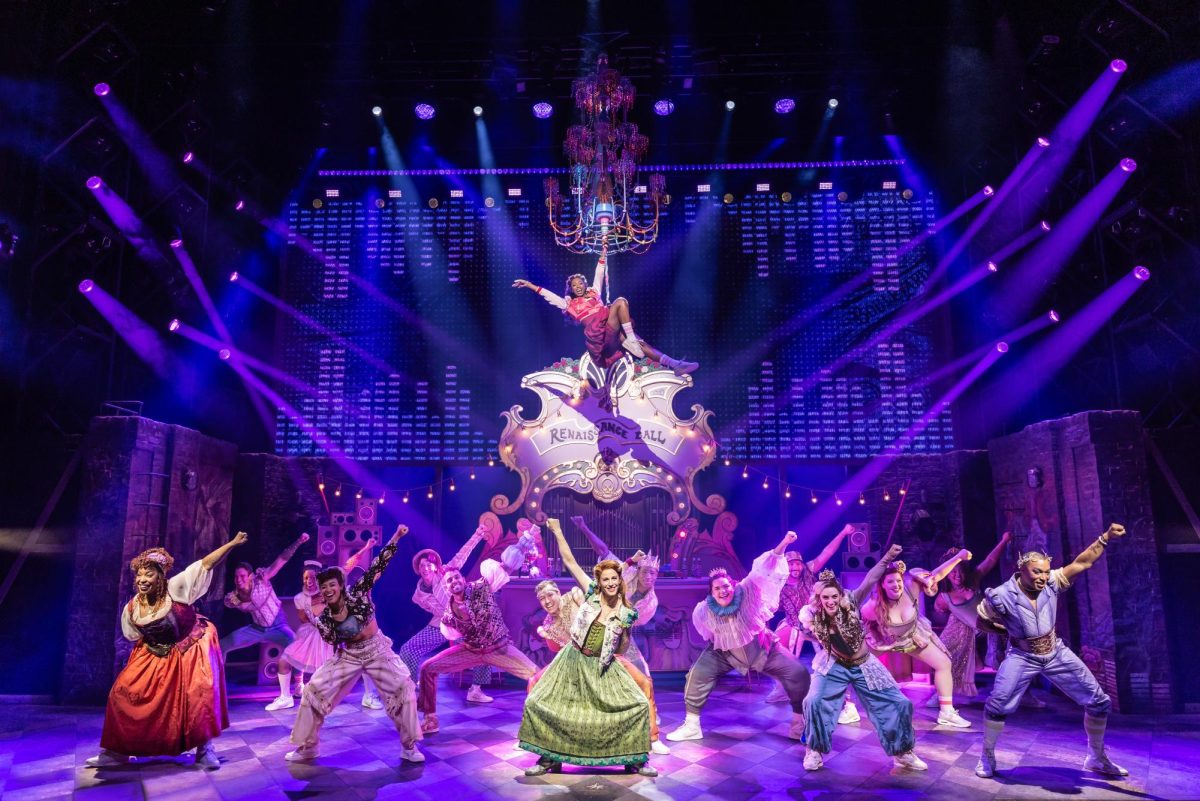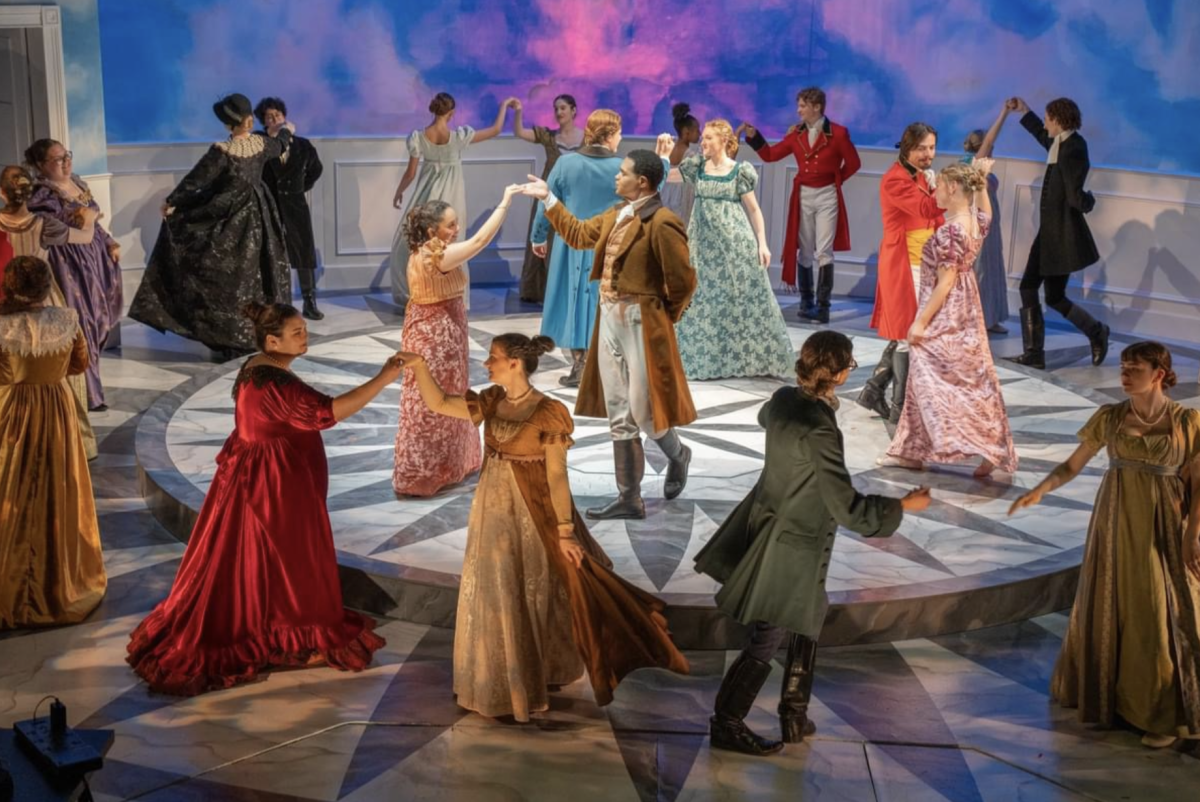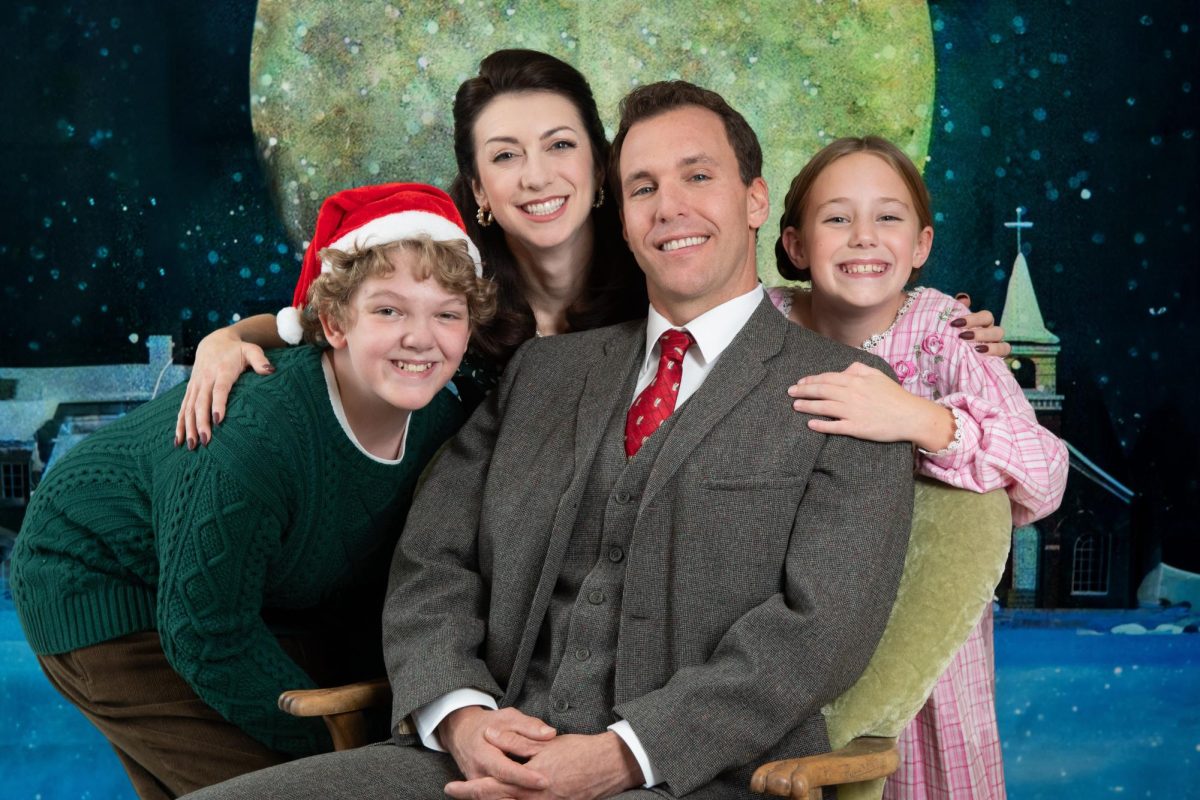
When M. Night Shyamalan released “The Village” in 2004, it marked the beginning of the director’s downward spiral of awful, illogical horror films — which may also be the reason he is adapting a Nickelodeon TV series for his next picture, “The Last Airbender.” If only Shyamalan had centered his story on the disturbing fictional Protestant village of Eichwald, Germany, the pre-WWI setting for the harrowing German black and white drama “The White Ribbon” (Das weisse Band), his story would have been filled with a lot more horror and mystery.
Written and directed by controversial Austrian filmmaker Michael Haneke (“Funny Games”), “The White Ribbon,” like most of Haneke’s films, strives to highlight failures in society in order to deliver a social message. In an interview with the Austrian newspaper Kurier, Haneke said his latest work is about “the origin of every type of terrorism, be it of political or religious nature.” While the message isn’t always clear, there’s no denying the growing sense of unsettling terror that exists in the film.
This terror stems from Eichwald’s three corrupt patriarchs: the Baron, the Pastor and the Doctor. The Baron (Ulrich Tukur, “Solaris”) cheats his immigrant workers out of their earnings and shows favoritism towards particular employees. The Pastor (Burghart Klau?ner, “The Reader”) harshly disciplines the village’s children, forcing them to wear white ribbons for trivial offenses to remind them of the purity and innocence they strayed from. He even straps his own son to the bed at night to prevent impure touching. Even the Doctor (Rainer Bock, “Inglourious Basterds”) has dark secrets inside his home where he verbally and sexually abuses his mistress and daughter.
Although the film is meant to be a drama, it plays out like something from the horror genre. Throughout the film, mysterious incidents continue to occur, terrifying Eichwald’s citizens. A wire is tied between two trees, resulting in a rider’s disastrous fall from his horse. Children disappear and are later found mercilessly beaten. A farmer’s wife dies in the local sawmill. As the tragedies continue, this little town of horrors becomes a chilling case of whodunit.
Yet amidst all the terror surrounding the village’s patriarchs and odd occurrences is the everyday story of the ins-and-outs of a German village in the year before the onset of WWI. Unfortunately, this story is the pitfall of Haneke’s screenplay. Both the blossoming romance between the village’s schoolteacher and nanny and the attempts of the Pastor’s child to nurse a bird back to health suffer from unnecessarily long, drawn-out pacing. Haneke clearly adds these scenes to be the light that juxtaposes the dark terror of the village, but they end up throwing off the bleak suspense he builds up throughout the film.
However, when Haneke’s script focuses on developing the more conflicted characters and the dark happenings they’re involved in, it’s dead-on. Haneke succeeds at painting a morally disturbing picture of an early 20th century society that uses religion and social standing to terrorize a village into submissive order.
This success is due in part to Tukur, Klau?ner and Bock for bringing Haneke’s terrorizing village leaders to life. A lot of credit also goes to the young actors — playing the frightened children that can’t escape the power and violence of these authority figures — who illuminate one of the film’s key messages: children grow up emulating the actions of the adults around them.
One of the film’s strongest aspects, though, is its Oscar-nominated cinematography — a rare nomination these days for a black and white film. The lighting used throughout the picture is just another brilliant way the film emphasizes dark versus light. In addition, the camera angles fluidly shift from close-ups to wide shots to heighten the terror and suspense with perfect timing. Even the lack of color benefits the film, giving light (the white ribbons) and dark (blood) images a surprisingly distinct pop that wouldn’t have existed had Haneke chosen to shoot the film in color.
Although “The White Ribbon” was the victim of a surprise upset for Best Foreign Language Film at the Academy Awards, the film did pick up the Golden Globe for the same category and won the 2009 Palme d’Or, the highest prize awarded at the prestigious Cannes Film Festival. Accolades aside, Haneke’s latest film is a terrorizing drama that’s certainly worth at least one viewing. Regardless of whether his message comes across, audiences will find themselves subjected to an unsettling piece of cinematic art that will leave them pondering even after the credits stop rolling.
4 stars out of 5.







